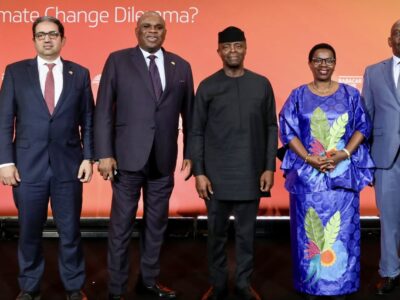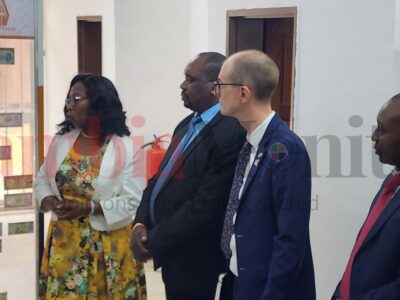Data gathered over 10 years have consistently shown that parts of Zambia, especially agroecological regions were the worst affected areas by climate change.
Africa Access Water Chief Executive Officer, Rodney Katongo, said the situation in agroecological region one and two was posing a significant challenge to achieving the country’s goal of becoming a middle-income country by 2030.
Eastern and Southern provinces fall into agro-ecological zones one and region two included much of central Zambia, Southern, Eastern and Lusaka provinces.
Katongo said this in a statement issued in Lusaka on Thursday.
Katongo said in 2017, the Seventh National Development Plan revealed that climate change impacts were costing Zambia approximately 0.4 percent of annual economic growth.
Read More: AfDB gets additional $10 million funding from UK to deal with climate change shocks
He further projected that without action, rainfall variability alone could lead to losses of 0.9 percent of Gross Domestic Product (GDP) over the next decade.
“This will keep a significant section of Zambia’s population below the poverty line,” Katongo noted.
He noted that the country was currently grappling deeply with the effects of climate change but said is organization had been advocating for and implementing solutions to these challenges for more than five years.
“One such solution is solar-powered water for productive use, particularly irrigation.Despite encountering some resistance, we have persistently presented our solutions,” he said.
“We at Africa Access Water do not merely discuss even during droughts or dry spells, we continue to produce. We are committed and have long responded to the President’s call to work together and provide solutions,” he said.
WARNING! All rights reserved. This material, and other digital content on this website, may not be reproduced, published, broadcast, rewritten or redistributed in whole or in part without prior express permission from ZAMBIA MONITOR.












Comments